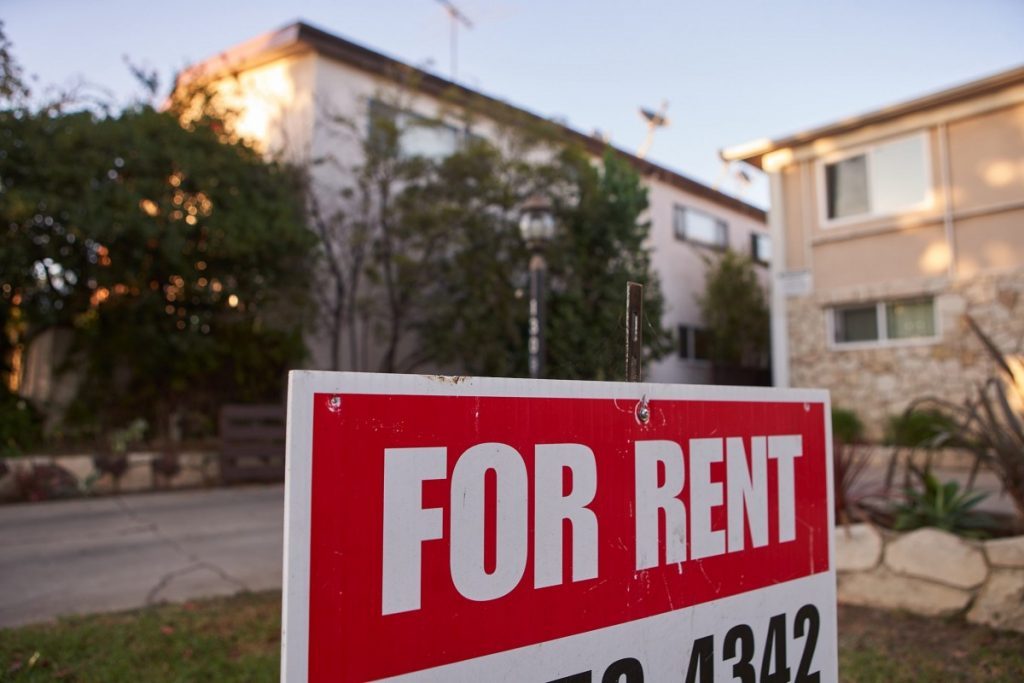Bidding wars are becoming so common that they’re even impacting the rental market, as numerous wannabee tenants vie for a dwindling supply of homes and apartments listed for rent.

Demand for rental properties is surging as workers begin moving out of their shared living situations as the U.S. reopens and gets back to work. Add to that, thousands of people who’re priced out of buying a home, and there’s suddenly a whole lot of people scrambling to try and rent a place.
Supply can’t keep up and now landlords are reporting having multiple applications on their best properties, with some even trying to stand out by offering to pay more than the asking rent. It’s a situation that was only ever really seen in the home buying market, CNBC reported.
“We’ve been leasing property for almost 20 years, and we haven’t seen an applicant pool this competitive since we’ve started,” said Vipin Motwani, managing principal at Iron Gate Development in Maryland.
Motwani told CNBC about one home he listed for rent in Clinton, Maryland, two weeks ago that had more than 20 people arrive to take a look at it. Of those, 10 people submitted formal applications, which Motwani said was far more than normal.
Another thing is that, with such stiff competition, renter’s profiles are changing as well, and people have more money and better credit histories than before.
“The rental applications that we’re getting right now, you’re seeing higher credit scores, you’re seeing applicants willing to put down more in terms of security deposit, you’re seeing strong rental history as well. That wasn’t necessarily the case pre-Covid,” Motwani said.
With such intense competition, rents are rising fast too. According to Zumper, a listing platform for rentals, rental prices for one-bedroom apartments were up 7% in July from a year ago, while two-bedroom apartments were up 8.7%.
There is more demand in some markets than others, though. For example rent applications in New York City doubled this spring compared to the year prior. San Francisco saw rent applications jump 79%, while Seattle was up 55%, according to data from RentCafe. It was a different story in Boston though, where rental applications increased by just 5%.
As single-family home rentals, data from CoreLogic shows asking rents are up 6.6% from a year ago.
CoreLogic Principal Economist Molly Boesel said demand for single-family rentals is being fueled by strong job and income growth as well as the fierce competition for for-sale housing. She said rent prices will likely continue rising for the rest of the year, especially in cities and technology hubs where people are now returning to work at the office.
David Singelyn, chief executive officer of American Homes 4 Rent, told analysts in the company’s second quarter earnings call that data shows there’s a national shortage of more than four million homes in the U.S. The company has been reaping the rewards of that shortage, with strong occupancy and revenue growth helping it to beat expectations.
“[the shortage of homes] coupled with our single-family rental value proposition, provides the backdrop for continued long-term rental demand growth,” Singelyn said on the call earlier this month.
Other firms focused on apartment rentals have seen similar big gains of late. The likes of Avalon Bay, Essex Property Trust and UDR have all seen their stock grow 30% or more since the start of the year. The message from all three companies was the same – the urban flight we saw at the start of the COVID-19 pandemic is reversing and people are returning to the cities, sending rents soaring.
Experts say the new eviction moratorium put in place by the Centers for Disease Control and Prevention is another factor that’s pushing rental prices up. With landlords across the U.S. still unable to evict non-paying tenants, it means there are fewer rental homes available for those who can pay. Some landlords who haven’t been paid have looked to offset their losses from non-paying tenants by asking for more on the units that are vacant. With demand so high, they feel they can justify bumping up their rents.
Motwani told CNBC he is currently owed more than $30,000 in rental arrears due to the pandemic.
“The eviction moratorium has caused hardship for landlords, and that couples with the fact the Rental Assistance Program has not actually kicked in, in the fashion it was intended to, has really caused a squeeze on both renters and their landlords,” he told CNBC.